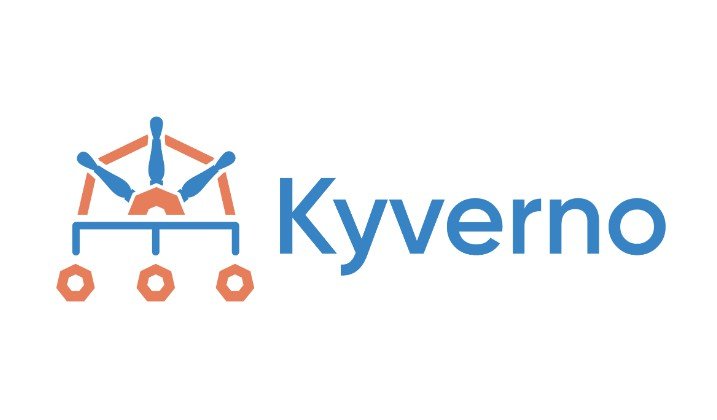A rollout is how Kubernetes updates your application (container image, config, etc.) in a Deployment without downtime. It replaces old pods with new ones gradually, based on the strategy you define.
Rolling out a new application version in AKS (Azure Kubernetes Service) must be done carefully in production to minimize downtime, avoid errors, and ensure user trust.
Default Rollout Strategy in AKS:
RollingUpdate (default)
This means:
- Kubernetes gradually replaces old pods with new ones.
- It ensures some pods are always available (high availability).
- Great for zero-downtime deployments.
🔧 Key Strategy Config in YAML:
yamlCopyEditstrategy:
type: RollingUpdate
rollingUpdate:
maxUnavailable: 1
maxSurge: 1
| Key | Meaning |
|---|---|
maxUnavailable | Max number of pods that can be unavailable during the update |
maxSurge | Extra pods to launch during update for faster rollout |
🔄 Other Strategy: Recreate
yamlCopyEditstrategy:
type: Recreate
- All old pods are killed first, then new ones are created.
- Used when old and new pods cannot run together (e.g., DB schema migration).
- ⚠️ Causes downtime — not ideal for most production apps.
🧪 Rollout Commands (CLI):
📌 1. Trigger a rollout
Update something (like image):
kubectl set image deployment/my-app my-app=myimage:v2
Or apply a new YAML file:
kubectl apply -f deployment.yaml
📌 2. Check rollout status
kubectl rollout status deployment/my-app
Shows progress and confirms when update is complete.
📌 3. Roll back to previous version
kubectl rollout undo deployment/my-app
Rolls back to the previous stable version.
To see history:
kubectl rollout history deployment/my-app📌 4. Pause & resume rollout (for staged production updates)
kubectl rollout pause deployment/my-app
# make changes, e.g., change image
kubectl set image deployment/my-app my-app=myimage:v3
kubectl rollout resume deployment/my-app🏭 How to Do It in Production
Step-by-Step Plan:
- Pause deployment (optional):
- Useful if you want to control when rollout starts.
- Push updated Docker image to ACR (Azure Container Registry) or any other registry.
- Update Deployment with new image version: bashCopyEdit
kubectl set image deployment/my-app my-app=youracr.azurecr.io/my-app:v2 - Monitor rollout: bashCopyEdit
kubectl rollout status deployment/my-app - Validate health:
- Use
kubectl get pods,kubectl logs, and/or health endpoints. - Consider using readiness probes to ensure pods are ready before traffic is sent.
- Use
- If any issue → rollback immediately: bashCopyEdit
kubectl rollout undo deployment/my-app
Best Practices in Production
| Practice | Why |
|---|---|
| Readiness & liveness probes | Prevent traffic to unstable pods |
Set maxUnavailable=0 | For full zero-downtime (if infra allows) |
| Pause/resume manually | Great for staged rollouts |
| Use canary or blue-green | For large-scale production (with Istio/Ingress) |
| Monitor with Prometheus/Grafana | Alert on failure or bad rollout |
1. Recreate Strategy (Default Kubernetes Replace)
- What it does: Deletes old pods before new pods are created.
- How: Not explicitly used unless forced by setting
maxSurge: 0,maxUnavailable: 100%.
✅ Pros:
- Simple and fast
❌ Cons:
- Downtime occurs
- Not suitable for production environments
🔧 Use case:
- Non-production environments
- When downtime is acceptable
2. Rolling Update (Default in Kubernetes)
- What it does: Gradually replaces old pods with new ones using
maxSurgeandmaxUnavailableparameters.
🔧 Sample YAML:
yamlCopyEditstrategy:
type: RollingUpdate
rollingUpdate:
maxSurge: 25%
maxUnavailable: 25%
✅ Pros:
- Zero-downtime deployment
- Safe and predictable
❌ Cons:
- Hard to roll back instantly
- Issues go unnoticed if not properly monitored
🔧 Use case:
- ✅ Recommended for stable production environments
- Works well for stateless microservices
3. Blue-Green Deployment
- What it does: Deploys new version (green) alongside old version (blue). Switch traffic to green after testing.
🔧 Requires:
- Traffic switching mechanism (e.g., Istio, Ingress Controller, Azure Front Door, App Gateway)
- Two deployments or environments
✅ Pros:
- Instant switch & rollback
- Easy testing on live environment before switching
❌ Cons:
- Doubles resource usage temporarily
- Complex traffic management setup
🔧 Use case:
- High-availability production systems
- Apps requiring real user testing before cutover
4. Canary Deployment
- What it does: Gradually shifts traffic from old to new version (e.g., 10% → 25% → 50% → 100%) while monitoring.
🔧 Tools to support:
- Service mesh (Istio, Linkerd)
- Ingress controllers (NGINX + annotations)
- GitOps tools (Argo Rollouts, Flagger with FluxCD)
✅ Pros:
- Early issue detection with minimal impact
- Fine-grained control over rollout
❌ Cons:
- Requires observability (prometheus, alerts)
- Slightly more complex setup
🔧 Use case:
- Production environments with active monitoring
- Apps with gradual confidence building needs
5. Shadow Deployment
- What it does: Deploys new version alongside, mirrors real traffic without serving it to users.
✅ Pros:
- Safe testing with production traffic
- No user impact
❌ Cons:
- Needs extra tooling
- No automatic validation of output
🔧 Use case:
- Testing AI/ML models
- Performance evaluation before go-live
🔚 Final Recommendation
For most companies with critical production environments:
✅ Use Rolling Update + Canary Rollout via Flagger or Argo Rollouts, integrated with monitoring (Prometheus/Grafana) and automated rollback on failure.

